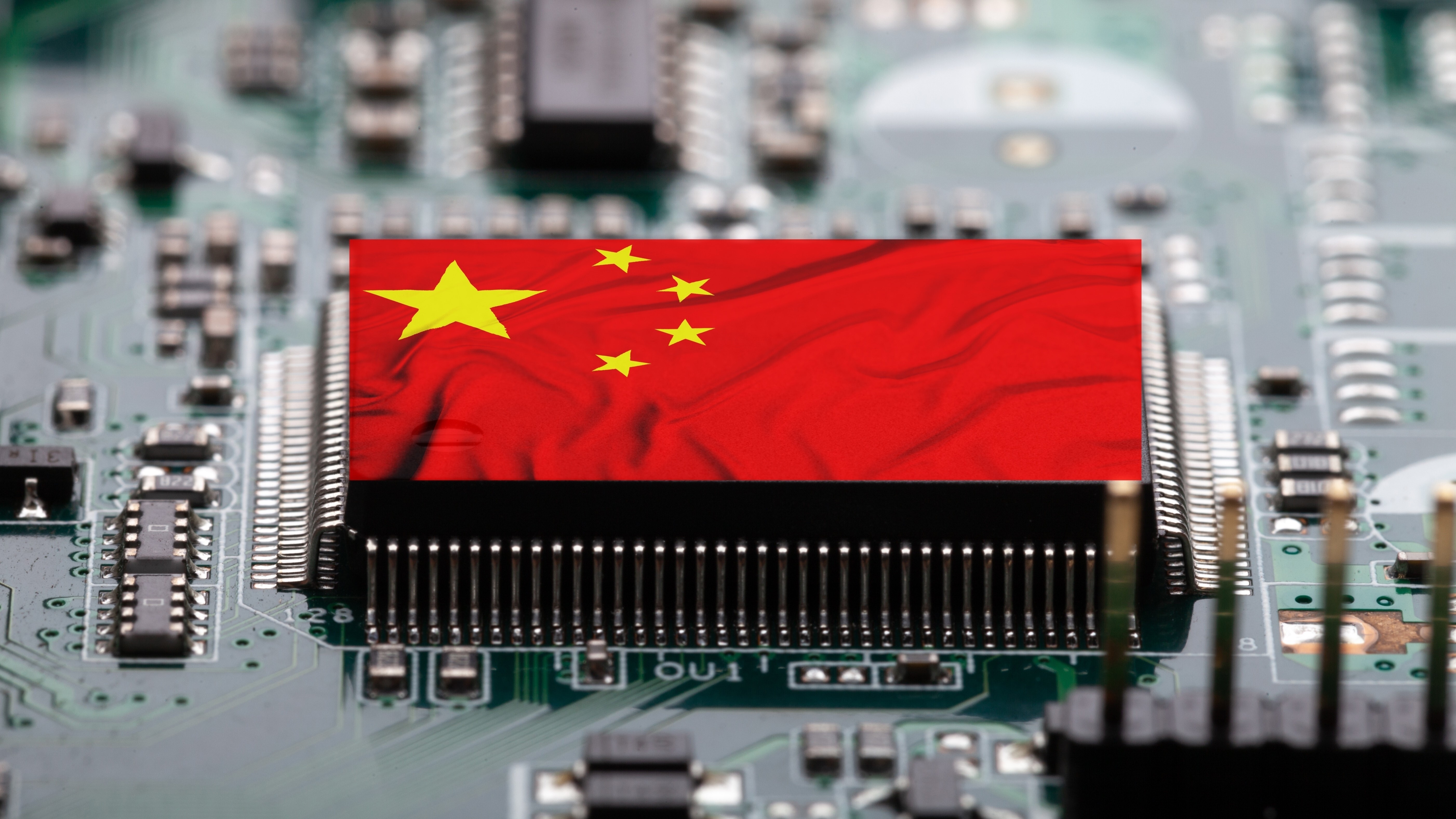China’s push for chip independence continues with its first RISC-V server CPU
China is doubling down on the RISC-V architecture.

RiVAI Technologies has launched the Lingyu CPU, China’s first domestically designed high-performance RISC-V server processor. The unveiling occurred in Shenzhen, reflecting the country's ongoing push for greater self-sufficiency in semiconductor development.
The Lingyu CPU adopts a one-core, dual architecture approach, integrating 32 general-purpose computing cores (CPU) alongside eight specialized intelligent computing cores (LPU). The configuration efficiently handles tasks such as inference for open-source large language models. The architecture aims to balance processing power and energy efficiency, thereby lowering the total cost of ownership (TCO).
RiVAI Technologies was founded by Zhangxi Tan, who studied under Professor David Patterson, a pioneer of RISC-V and 2017 Turing Award recipient. Professor Patterson continues to serve as RiVAI's technical advisor, promoting RISC-V adoption in China.
The company is also said to have partnered with over 50 companies, including Lenovo and SenseTime, to promote adoption and ecosystem development for its RISC-V processor. These collaborations are expected to support the deployment of the Lingyu CPU across various industries and encourage further advancements in RISC-V-based computing solutions.
RiVAI’s announcement comes amid broader efforts in China to shift away from reliance on x86 and Arm processors by promoting the adoption of RISC-V chips. The Chinese government is driving this initiative, encouraging research institutions, chipmakers, and companies to invest in RISC-V development.
Unlike proprietary architectures controlled by Western companies, RISC-V is an open-source instruction set that allows Chinese firms to design and manufacture processors without external restrictions. The push for RISC-V adoption comes in response to ongoing trade tensions and sanctions that have limited China’s access to advanced foreign-made chips.
To accelerate this transition, the Chinese government provides policy support, funding, and incentives for companies working on RISC-V technology. Major domestic tech firms, including Alibaba and Tencent, have already started developing RISC-V-based solutions, while state-backed research institutions are working on software optimization for the architecture.
Stay On the Cutting Edge: Get the Tom's Hardware Newsletter
Get Tom's Hardware's best news and in-depth reviews, straight to your inbox.
This shift could help China build a more self-sufficient semiconductor industry, reducing its dependence on Western technologies. However, challenges remain, including software compatibility and ecosystem development, which will determine the long-term viability of RISC-V as a mainstream alternative to x86 and Arm processors.

Kunal Khullar is a contributing writer at Tom’s Hardware. He is a long time technology journalist and reviewer specializing in PC components and peripherals, and welcomes any and every question around building a PC.
-
Findecanor Myself, I would acquire independent information from multiple sources before reposting something posted on April 1st.Reply -
bit_user Reply
It's an open standard.The article said:RISC-V is an open-source instruction set that allows Chinese firms to design and manufacture processors without external restrictions.
The main part of it is indeed the ISA, but it also includes a system architecture. Operating systems are the main thing that care about the system architecture. Having a consistent system architecture makes it easy for an operating system to support a large number of different RISC-V implementations. Most of the details of a system's architecture are hidden from application programs by an operating system's API, or else it would be much harder to port them from one to the next. -
bit_user Reply
Is April Fools Day even a thing, in China? Even if it is, this doesn't seem like something they'd joke about.Findecanor said:Myself, I would acquire independent information from multiple sources before reposting something posted on April 1st. -
abufrejoval I'd just wish they'd also do an entry level server part with the same architecture, e.g. for an IoT box or development machine at a NUC price.Reply
There may now be something nicely fast in terms of cores, while the rest of the RISC-V pack seems to be really anemic.
I might actually own quite a few RISC-V chips already as part of WD HDD controllers, but those are no fun. -
abufrejoval Reply
Of course, the best jokes are the ones which are easy to believe at first.bit_user said:Is April Fools Day even a thing, in China? Even if it is, this doesn't seem like something they'd joke about.
But yeah, RISC-V isn't a joke for China, even if they might still want to keep some truly domestic architectures around in case the US still manages to hijack RISC-V somehow. -
Rob1C The effort (existence) is true:Reply
https://www.xrvm.com/product/xuantie/R908
https://github.com/riscv-non-isa/server-soc/releases/
These are basically 8 core processors that lag where ARM was a long time ago.